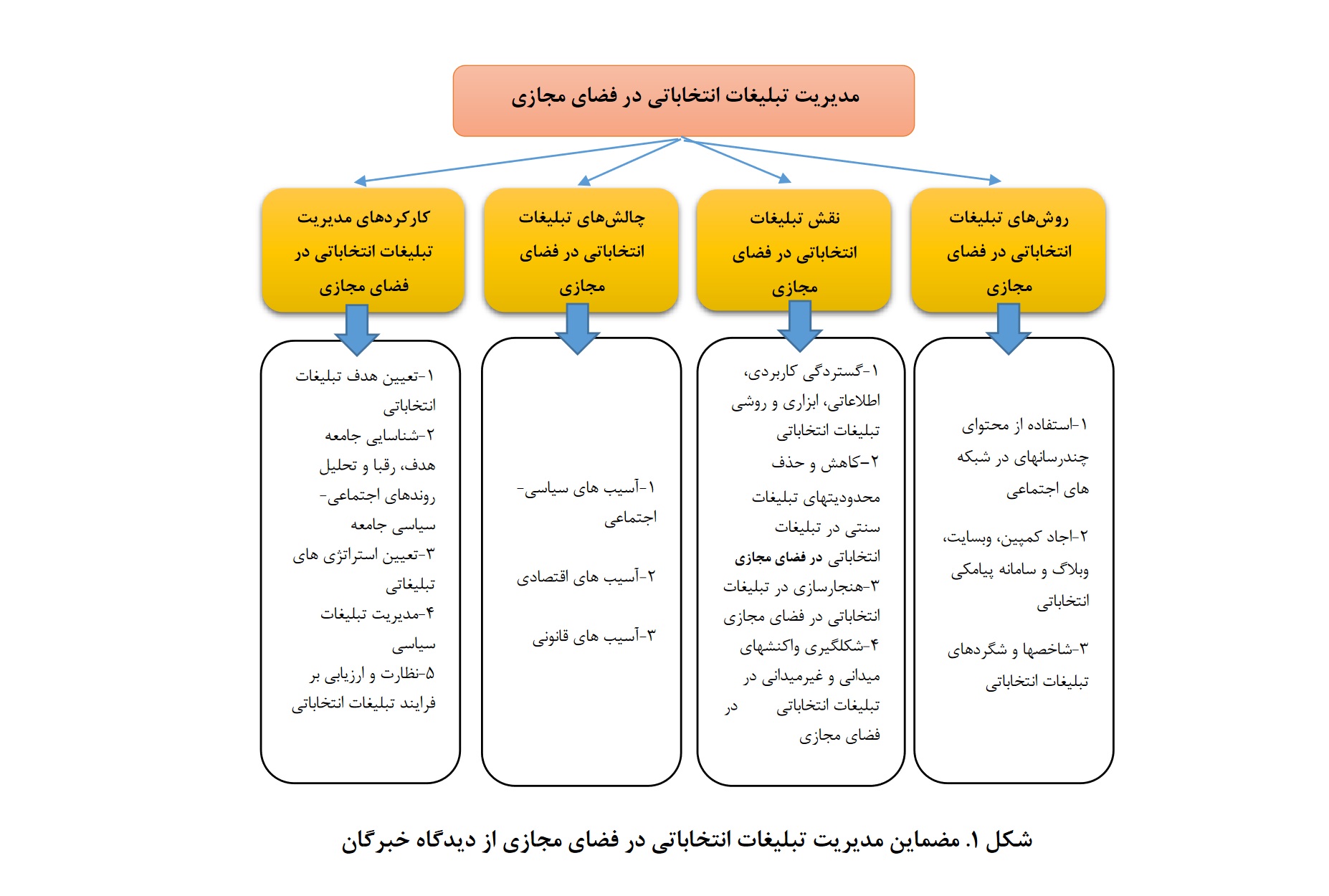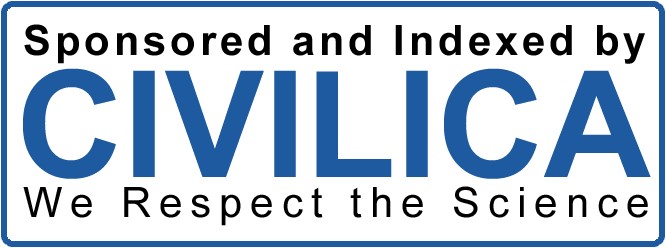Analysis of the Election Advertising Management Process in Cyberspace: A Qualitative Study from Experts
Keywords:
Elections, Management, Advertising, Cyberspace, Twitter, InstagramAbstract
Elections are one of the most significant arenas for public participation in decision-making in a democratic system, affected by various factors. The expansion of the use of virtual networks in various social, political, economic, and cultural dimensions of people's lives has influenced the quality and quantity of elections. Based on this, the main objective of this research is to study and analyze the precise processes of election advertising management in cyberspace to gain a deeper understanding of the approaches and strategies used in this field and how these advertisements impact voters. In this study, we aim to identify key success factors in managing digital election campaigns and propose solutions to enhance their effectiveness and efficiency to increase electoral participation and democracy. The research is applied in purpose and qualitative in method. Among qualitative research approaches, the study was conducted using the content analysis approach. Initially, after a thorough review of the research background, research questions were formulated and interviews were conducted with 10 experts and specialists through purposive and snowball sampling methods. The findings from the interviews were coded using Glaser and Strauss's three-stage theoretical coding method (1967) in the MAXQDA22 software environment and analyzed using Klaizi's method (1973). The credibility of the findings was also established using Lincoln and Guba's (1989) criteria for credibility, confirmability, dependability, and transferability through methods such as using a second coder and providing rich descriptions of research findings, culminating in the formulation of the final model. The findings of this research are categorized into four main axes: a) Functions of election advertising management in cyberspace, encapsulated in 5 themes: "setting election advertising objectives," "identifying target communities, competitors, and analyzing social-political trends," "determining advertising strategies," "managing political advertising," and "monitoring and evaluating the advertising process"; b) Challenges of election advertising in cyberspace in the form of 3 themes: "political-social damages," "economic damages," and "legal damages"; c) The role of election advertising in cyberspace in the form of 4 themes: "the extent of practical, informational, instrumental, and methodological use of election advertising," "reducing and eliminating the limitations of traditional advertising in cyberspace election advertising," "normalizing in election advertising in cyberspace," and "forming field and non-field reactions in election advertising in cyberspace"; d) Methods of election advertising in cyberspace in the form of 3 themes: "use of multimedia content on social networks," "creating campaigns, websites, blogs, and electoral SMS systems," and "indicators and techniques of election advertising."
Downloads








